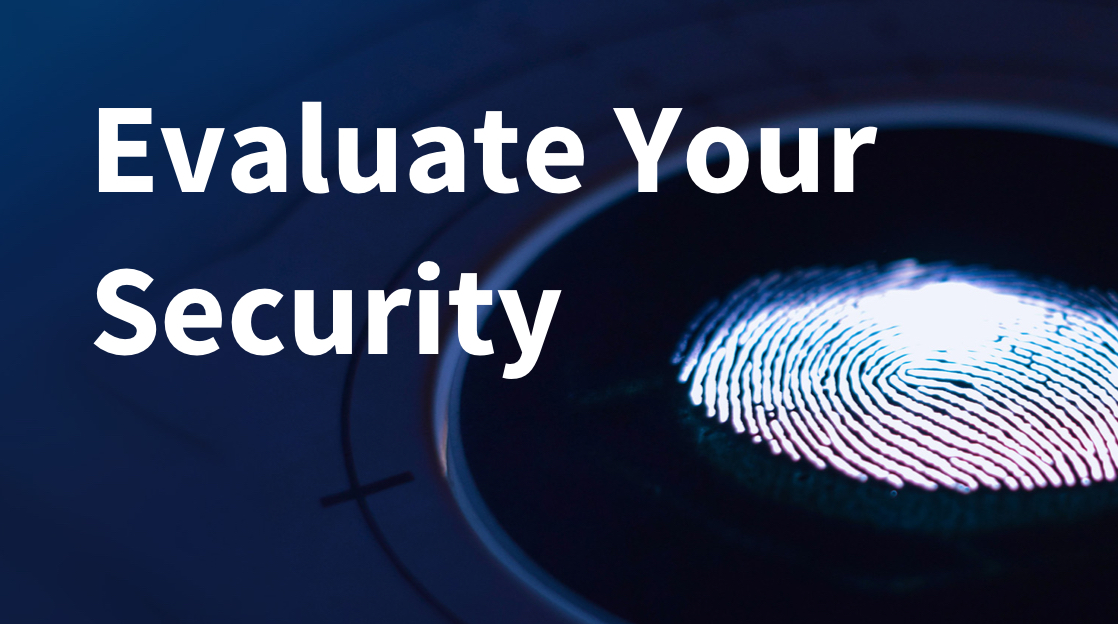5 Best Ways to Evaluate Your Organization's Security Posture

A bank could have amazingly low-interest loans, great credit cards, and high-yield savings accounts. But if the bank's vault did not have a lock, would you bank there? Probably not, no matter how attractive their offers are. Every other organization can be thought of the same way: If it isn’t secure and protecting its data, people won’t want to do business there.
In this article, we are going to discuss five ways to evaluate your organization’s security posture. But first, let’s briefly go over what security posture means.
Level Up Your Security Skills Today
Cyberthreats are increasing not only in frequency but complexity. So the demand for professionals who can keep networks and data protected and safe continues to increase. You’ll find the training you need to develop and hone in-demand security skills at CBT Nuggets.
Whether you are new to cybersecurity or a seasoned network security pro, our courses can get you up to speed on the latest security technologies and best practices. Much of our online cybersecurity training maps to highly valued certifications — and covers skills that many organizations desperately need.
Not a CBT Nuggets subscriber? Sign up for a 7-day free trial to get a feel of what it’s like to learn IT with us. Explore all of our cybersecurity training and start learning skills that can help you keep networks and data safe!
What is Security Posture?
Security Posture refers to the overall effectiveness of an organization’s cybersecurity strategy. It can be evaluated by the following criteria:
How quickly an intrusion is detected
The ability to recover from a security breach
Concise software inventory
The maturity of automated processes
Keeping assets up to date
If you want to strengthen your security posture, follow this advice:
1. Evaluate Intrusion Detection Efficiency
Determining how quickly an intrusion is detected and contained is an effective way to find weak points in your security posture. This can be accomplished by conducting:
A penetration test (pen test). Pen tests are live evaluations of your security system. A team of hackers will try their best to find vulnerabilities and access your inner workings.
Phishing campaigns. Hackers often find their way into networks by tricking people into giving them their passwords. That’s why training end-users to detect phishing emails is critical to a stalwart security posture.
Related: 5 Best Ways to Evaluate Your Organization's Security Posture.
2. Create a Breach Recovery Plan
Cybercriminals will succeed from time to time, but the time it takes to recover is vital to your security posture. You need a business continuity plan.
For example, let’s say a data breach occurs that affects your organization’s email server. Send out communication to your employees to only use the phone instead of email for communication. If you have to close down business completely, prepare a response for clients that will instill confidence and trust in your ability to resolve the issue quickly.
Finally, make sure there is a specific person responsible for a specific objective. That will decrease finger-pointing and increase accountability. Ensure everyone understands the business continuity plan and their role in it.
In addition to developing a plan, determine how quickly data can be recovered — if at all. Also, make sure all hardware is scanned for potential malware from the attack. Unfortunately, that may be hard to do if you don’t have a firm grasp on all the organization’s IT assets.
3. Create a Concise Software Inventory
If you are in the cloud, all major providers have a service to manage inventory. For example, AWS has AWS Systems Manager Inventory.
For on-premise hardware, it is more challenging to inventory all existing assets, but doing so will save time and money in the long run. It’s important to categorize assets by name, ID, life cycle and version. That way, in the event of a breach, all assets can be easily found and disconnected. Often, breaches will be discovered through logs that output the hardware IP address or some other distinguishing characteristic. Make sure that device is always at your fingertips.
Eventually, it’s ideal to develop a system that automatically adds assets to the inventory log.
4. Automate Processes
Automating cybersecurity as much as possible can dramatically cut down on human errors.
For example, let’s say an employee leaves the company. The employee has password access to dozens of assets. Another employee will need to verify the employee has been removed from all access lists and all passwords have been changed. A person could easily forget a machine here or there, but a programmed bot will make sure the practice is completed thoroughly every time.
Another opportunity for security automation is procuring access for new employees. This can be automated using Role-Based Access Control (RBAC). Instead of provisioning roles by individual, dole them out by role. That way, all you have to do is tell a bot which role the user has (i.e., HR, software developer, salesman) and the correct access will be granted every time.
5. Keep Assets Up-To-Date
This is not just the responsibility of IT. Everyone should be stewards of their own devices. Security is not just security’s job — it’s everyone’s job.
Often hackers will specifically look for outdated software to exploit known vulnerabilities. Make sure your CI/CD pipeline is scanning packages to ensure they are on the latest build. This can be done with tools such as Black Duck. Also, make sure all routers are on the latest updates.
Ready to Learn More?
Interested in earning security certifications or beefing up your cybersecurity knowledge? We offer a wide range of courses to support your development. See what we’ve got (and even take a course) for FREE by signing up for a one-week no-strings-attached trial.
delivered to your inbox.
By submitting this form you agree to receive marketing emails from CBT Nuggets and that you have read, understood and are able to consent to our privacy policy.